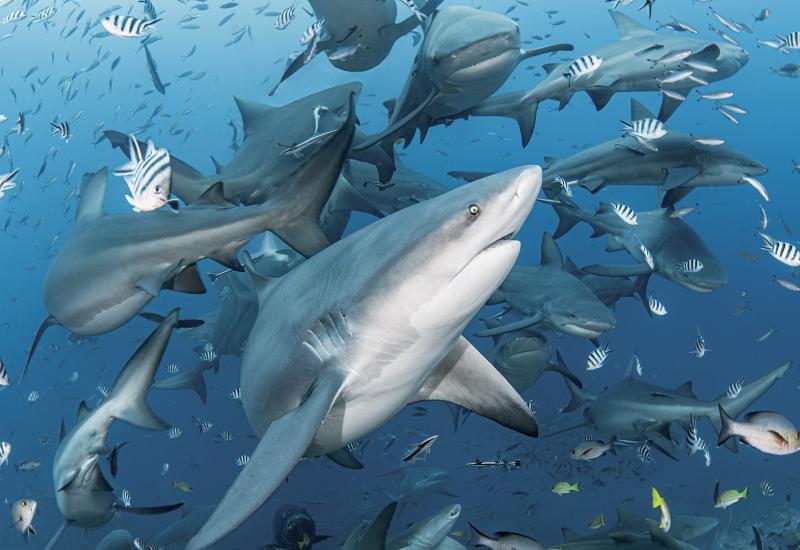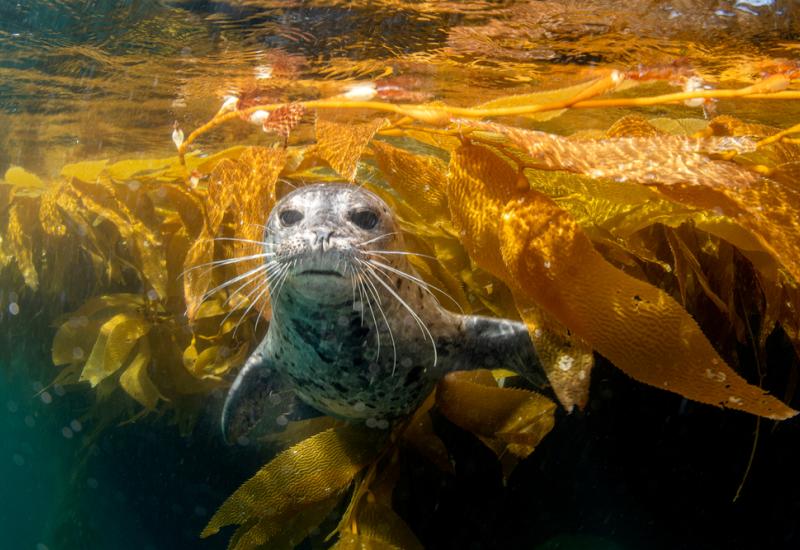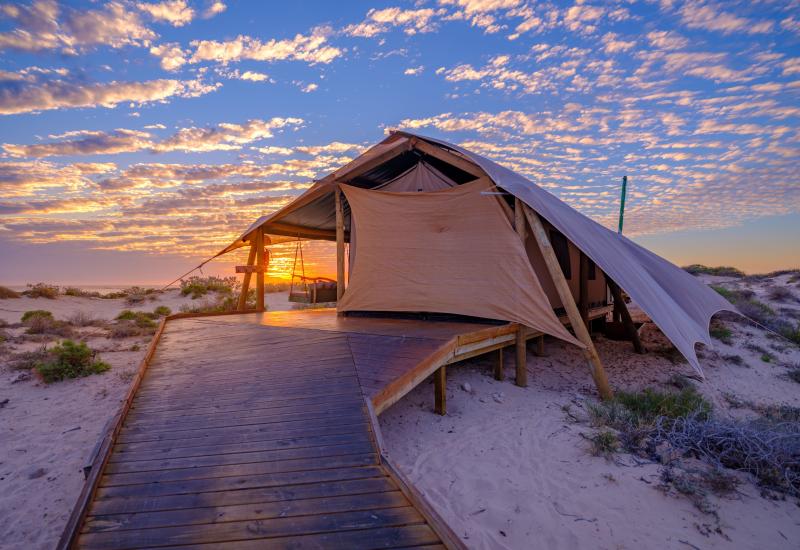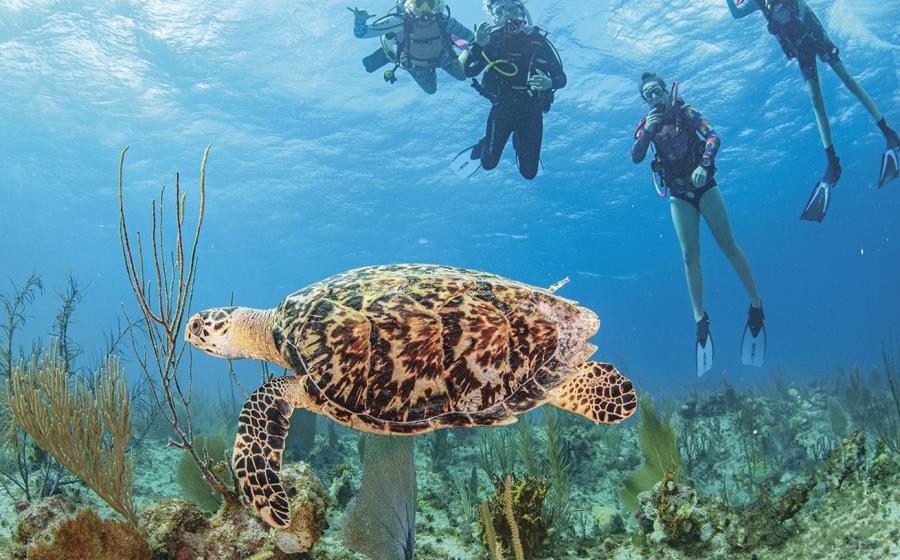Dive Tasmania: Under Down Under

Brandon ColeDiving 130 feet below the surface of the Tasman Sea is a singular experience rife with marine life.

Brandon ColeThe sheer dolerite Cape Pillar sea cliffs are the tallest in the Southern Hemisphere at around 1,000 feet.

Brandon ColeWarming oceans and sea urchin infestation have wreaked havoc on Tasmania's giant kelp forests, like this one at Munro Bight.

Brandon ColeSea whips, crinoids and sponges cover the dive site Golden Bummies.

Brandon ColeHundreds of butterflyfish perch hover over a sponge garden at Trap Reef.

Brandon ColeColorful spiny lobsters pack into a split on a reef wall at Deep Bay Glen.

Brandon ColeThe SS Nord propeller dwarfs a diver.

Brandon ColeAn Australian swellshark, or draughtboard shark, swims through the kelp forest (this small shark grows to around 5 feet long and is endemic to Australia).

Brandon ColeA diver navigates between giant boulders at Governor Island Marine Reserve off Bicheno, where rocks are covered in red Corynactic sea anemones.

Brandon ColeClose-up photos, like this detail of the top of a sea star, become magical with magnification.

Brandon ColeTasmania's cool, nutrient-rich waters support lush invertebrate growth, such as this sponge garden.

Brandon Cole
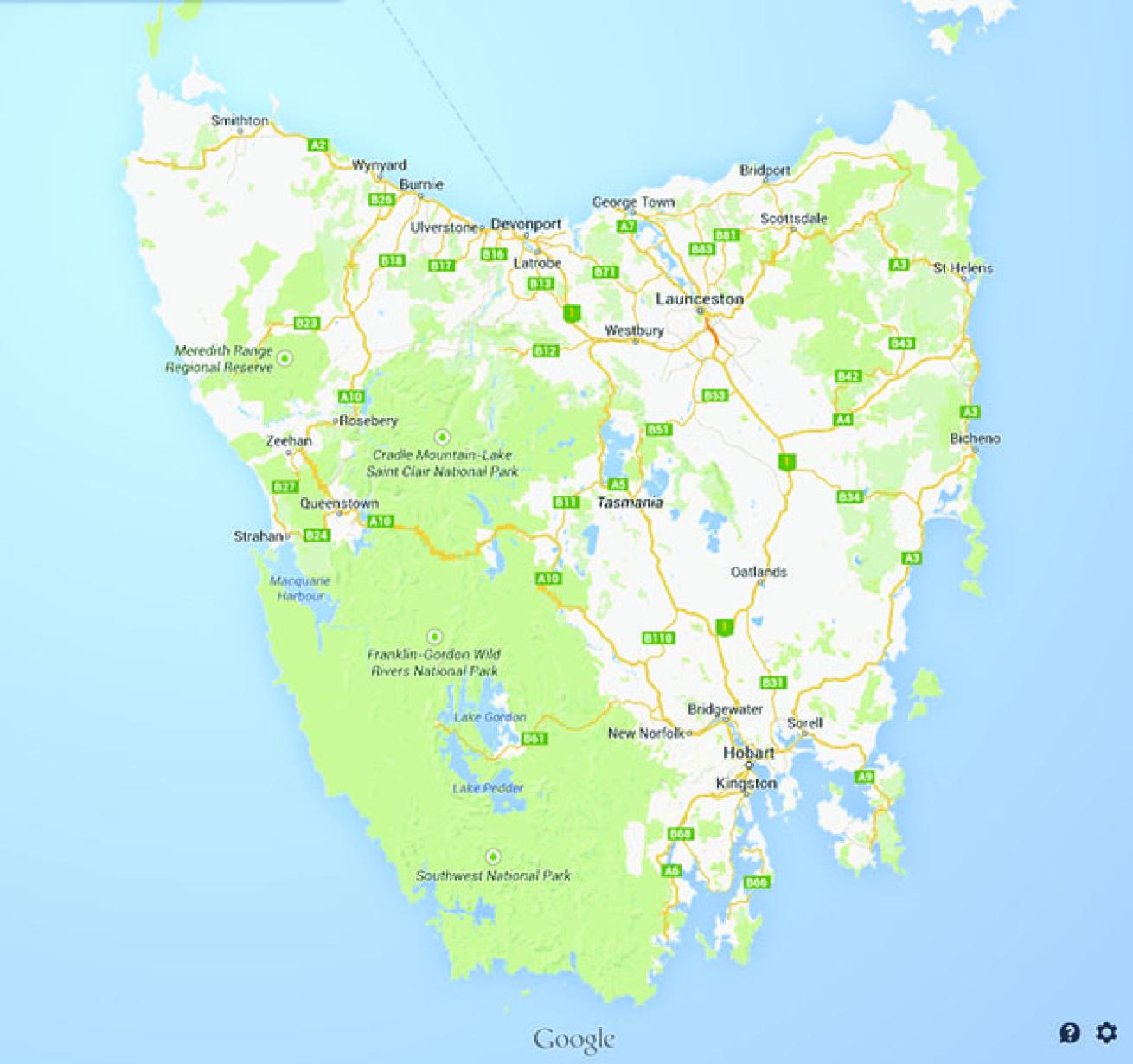
Brandon Cole
Carried along on cool currents, I’m drifting overtop a resplendent sponge garden, a riot of garish colors and weird shapes. A convict-striped fish that’s all spikes and Pinocchio nose is staring curiously at me, while another piscine oddity with a blue chin and thick lips glides through a tangle of sea whips sprouting up from the reef like 4-foot-tall beige candy canes. All the while, pink fish rain down from above. The overall scene is straight out of Dr. Seuss, and I’m thrilled not to recognize any of these critters.
Lured by the unknown, we had come 9,000 miles searching for something new. We found it in spades in Tasmania, an island tucked below mainland Australia’s bulk and way off the North American diver’s radar. From the air, Tassie resembles some beast’s footprint, or a shark’s tooth. From below, it looks like, well, nowhere else on Earth.
Everyone knows about the devils running wild in the bush topside, but how about the dragons roaming through submerged seaweed forests beneath the waves? So improbable in appearance, it must be magical, the weedy seadragon is an Australian aboriginal painting of some fantastical beast come to life. There’s more: The diminutive red handfish — one of the most elusive fish in the ocean — grumpily walks along the bottom on scarlet-fingered fins; creepy, yellow sea spiders are an inch in diameter; stingrays and swell sharks lurk in shadowy cathedrals of giant kelp.
Most divers concentrate on two scuba hubs on the east coast of Tassie. Eaglehawk Neck is the gateway to the rugged Tasman Peninsula, where sea caves, inverted plastered walls, kelp forests and the SS Nord shipwreck await. Bicheno, a cute seaside town three hours up the coast, has a different look and feel. Just a stone’s throw offshore, Governor Island Marine Reserve contains the area’s top dive sites, where you’ll find deep pinnacles, luxuriant sponge gardens, and reefs formed by gigantic granite boulders.
For more on dive travel to Tasmania visit Divers Guide: Tasmania.


